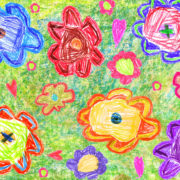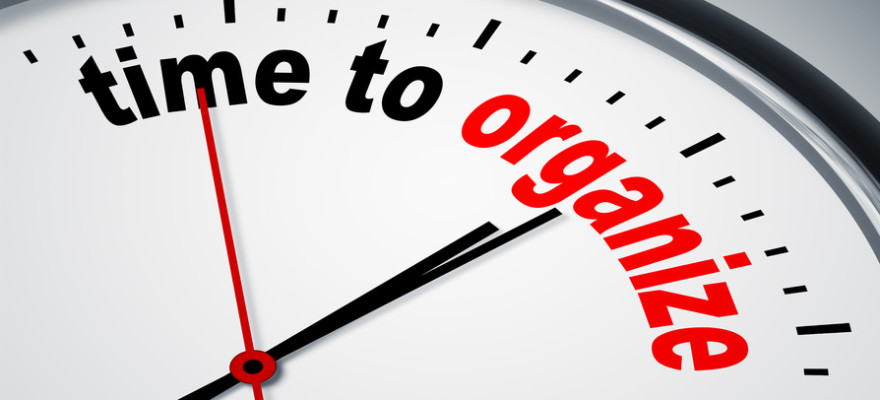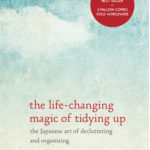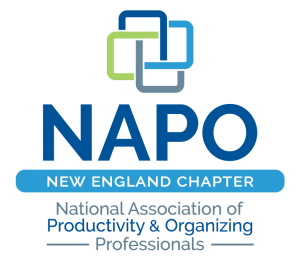What To Do With Children’s Art Work
 One thing many parents have a difficult time getting rid of is the things their children have made. Some items are cherished treasures, like a drawing that showcases their personality, their first hand-made Mother’s Day card, or a precious clay bowl. Other items are less meaningful, but are equally important to the giver. That causes problems, right? These things have a high sentimental value. I understand that, but we can’t keep everything. You know we can’t. So, what goes and what gets kept?
One thing many parents have a difficult time getting rid of is the things their children have made. Some items are cherished treasures, like a drawing that showcases their personality, their first hand-made Mother’s Day card, or a precious clay bowl. Other items are less meaningful, but are equally important to the giver. That causes problems, right? These things have a high sentimental value. I understand that, but we can’t keep everything. You know we can’t. So, what goes and what gets kept?
Setting limits is a great way to minimize what is kept. A good limit is to have one ‘keep bin’ per child. This one bin will hold all the art treasures that are being kept from that one child. Label this bin and use it to store the creations each child makes. Set some guidelines on what is kept. For example keep only those items that significantly highlight your child’s personality and talents. Go through the bin yearly to reevaluate and weed out items.
Another way to minimize what is kept is to re-purpose and reuse. Below are some creative ways to do this.
- Scan or photograph art work and use several images to create family calendars. Let the originals go after the calendar is created.
- Have a gallery wall were you display art work for one month then let it go.
- Use scanned images of the art work as a screen saver on your desktop computer. Share who made the piece, when they made it, and what they have to say about their creation.
- Separate art work by season and save a few special pieces to put up with other seasonal decorations.
- Take photos of the art work with the artist and scrapbook the images with details.
- Add the art work to a digital frame or tablet and showcase at their birthday parties and holiday gatherings.
- Frame a few of the artist’s favorite pieces in a shadow box for one year. Then add another piece right over the previous year until the shadow box is full. Then store in a keep bin (listed above) or let it go.
It may be difficult to make decisions on what creations to keep, but your child will thank you for only holding onto one ‘keep bin’.
©September 2016 Janine Cavanaugh, Certified Professional Organizer All Rights Reserved









Follow Me